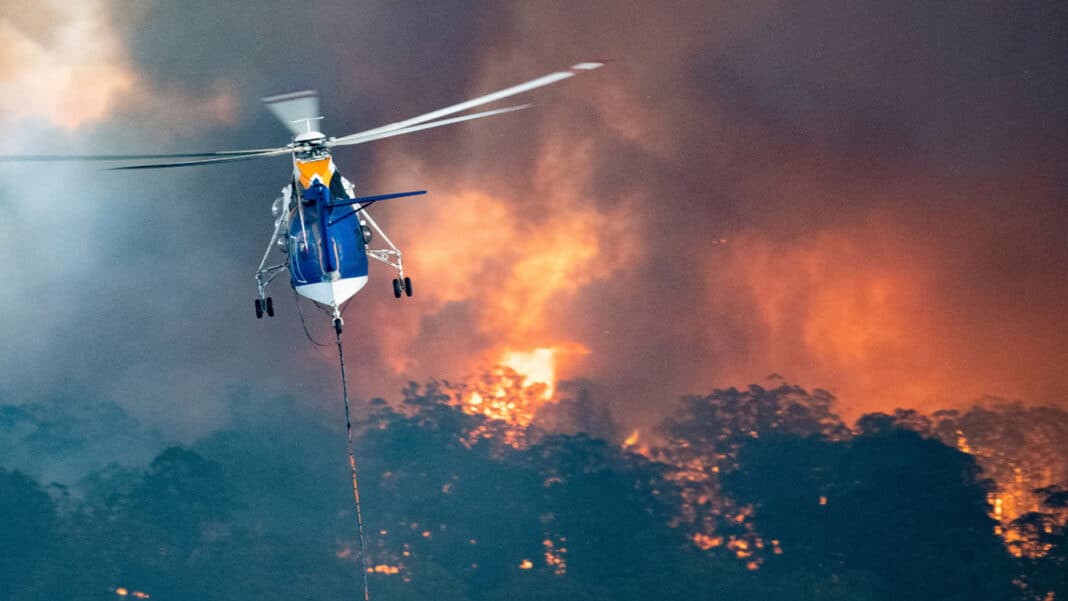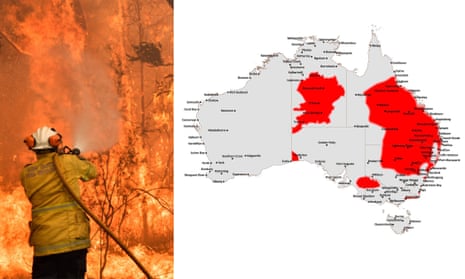Mastering Bushfire Preparedness: The Role of a BAL Assessment in Risk Mitigation
Wiki Article
Crucial Tips for Bushfire Administration to Make Certain Fire Protection

Recognizing Bushfire Threat Degrees
Comprehending the varying degrees of bushfire danger is vital for effective preparation and preparation in mitigating potential risks to residential properties and lives. Bushfire risk levels are generally categorized based on aspects such as climate condition, fuel accessibility, topography, and historical fire behavior. By understanding these danger levels, areas and people can proactively execute methods to minimize susceptability and enhance resilience in the face of prospective bushfire occasions.The very first degree of bushfire threat is low danger, where the probability of a bushfire occurring and triggering substantial harm is very little. This degree usually happens throughout durations of reduced temperature levels, modest moisture, and very little wind rates. Moderate risk degrees suggest an increased capacity for bushfires as a result of rising weather conditions or gas availability. High-risk levels indicate a significant hazard, with conditions helpful to rapid fire spread and extreme fire habits. Severe risk levels are the most critical, positioning brewing danger to residential or commercial properties and lives because of serious climate condition and very flammable gas.
Understanding these bushfire danger levels enables stakeholders to customize their readiness and feedback activities as necessary, making certain a aggressive and effective approach to bushfire monitoring.
Creating a Defensible Area
Efficient bushfire management begins with developing a defensible area around residential or commercial properties to boost defense against potential fire threats. A defensible area is a barrier zone that produces a barrier between a framework and the surrounding flammable greenery. This space serves as an important line of defense, giving firefighters a secure location to run and helping to minimize the danger of a fire spreading out to the building.When developing a defensible area, it is important to take into consideration the design of the home and the surrounding landscape. Clearing plant life, particularly very combustible plants, within a particular span of the residential or commercial property can assist avoid the quick spread of fires. In addition, preserving a well-irrigated zone around the property can further boost its defensibility.
Normal upkeep of the defensible space is critical to ensure its efficiency. This includes trimming looming branches, getting rid of dead plants, and maintaining the area devoid of debris. By spending effort and time right into creating and preserving a defensible space, homeowner can substantially boost their opportunities of shielding their homes and possessions throughout a bushfire.
Implementing Fireproof Landscape Design
When creating landscapes to reduce the danger of bushfires, integrating fireproof components is important for improving home security and reducing fire risks. Carrying out fire-resistant landscaping includes calculated planning to produce a defensible area around structures. Start by selecting fireproof plant varieties that are much less most likely to fire up and generate reduced degrees of combustible products. Select plants straight from the source with high wetness material, low oil material, and minimal dead plant life to decrease the danger of fire spread. In addition, preserve sufficient spacing in between plants and keep them correctly pruned to stop fire from easily jumping in between plant life.
Producing an Emergency Emptying Plan
Establishing a thorough emergency situation emptying strategy is vital for making sure the security and health of individuals throughout prospective bushfire events (Bushfire Management Plan). An effective emptying strategy ought to lay out clear procedures to adhere to in case of a bushfire hazard, including designated discharge courses, setting up points, and interaction proceduresTo start creating an emergency situation evacuation strategy, it is important to analyze the particular threats and YOURURL.com vulnerabilities of your area. Determine multiple discharge courses that bring about secure locations away from the fire, thinking about elements such as surface, roadway availability, and possible risks. Develop interaction networks to sharp residents of an approaching emptying, making use of approaches such as sirens, text notifies, or door-to-door alerts.
Frequently evaluation and exercise the discharge strategy with all citizens or area participants to ensure everybody recognizes their obligations and roles. Conduct drills to test the performance of the plan and make any kind of required modifications. By having a well-prepared emptying plan in place, you can enhance the chances of a organized and secure emptying throughout a bushfire emergency situation.
Keeping Fire Security Devices
After establishing an extensive emergency evacuation plan for bushfire incidents, it is necessary to focus on the normal upkeep of fire safety and security devices to ensure optimum functionality and preparedness. Regular maintenance of fire safety equipment such as fire extinguishers, smoke detectors, emergency alarm, and automatic sprinkler is vital in safeguarding lives and building throughout a bushfire. When needed., performing routine inspections, screening, and servicing of these tools by certified experts is vital to guarantee they are in functioning order.Fire extinguishers ought to be examined regularly for pressure degrees, visible damages, and proper performance. Smoke detectors have to have their batteries changed at the very least once a year and undergo monthly testing to ensure they are operational. Emergency alarm and automatic sprinkler must be inspected occasionally to verify they are attached and working correctly. In addition, it is necessary to keep fire safety tools easily accessible, unobstructed, and clearly classified for simple identification during an emergency. By carefully preserving fire security tools, people can enhance their preparedness and action capacities in case of a bushfire.
Conclusion
To conclude, effective bushfire monitoring entails recognizing threat degrees, producing defensible rooms, applying fireproof landscape design, establishing discharge plans, and keeping fire security devices. By adhering to these crucial ideas, individuals can make certain much better fire protection and safety and security for their communities and buildings. It is very important to prioritize aggressive procedures to mitigate the dangers connected with bushfires and to be gotten ready for emergencies.By understanding the nuances of bushfire threat degrees, developing defensible rooms, executing fireproof landscaping, developing extensive discharge strategies, and making sure the maintenance of fire security tools, people and communities can dramatically strengthen their resilience versus the devastations of wildfires - BMP. These ideas are not just critical for securing versus immediate fire threats but additionally for promoting long-term fire security get more strategies that can make a substantial difference in the face of escalating bushfire threats
High-risk degrees represent a significant threat, with conditions helpful to rapid fire spread and extreme fire habits. Normal upkeep of fire safety devices such as fire extinguishers, smoke detectors, fire alarm systems, and sprinkler systems is crucial in guarding lives and building throughout a bushfire.In final thought, effective bushfire administration entails comprehending threat degrees, producing defensible spaces, implementing fireproof landscape design, creating discharge plans, and maintaining fire safety and security devices.
Report this wiki page